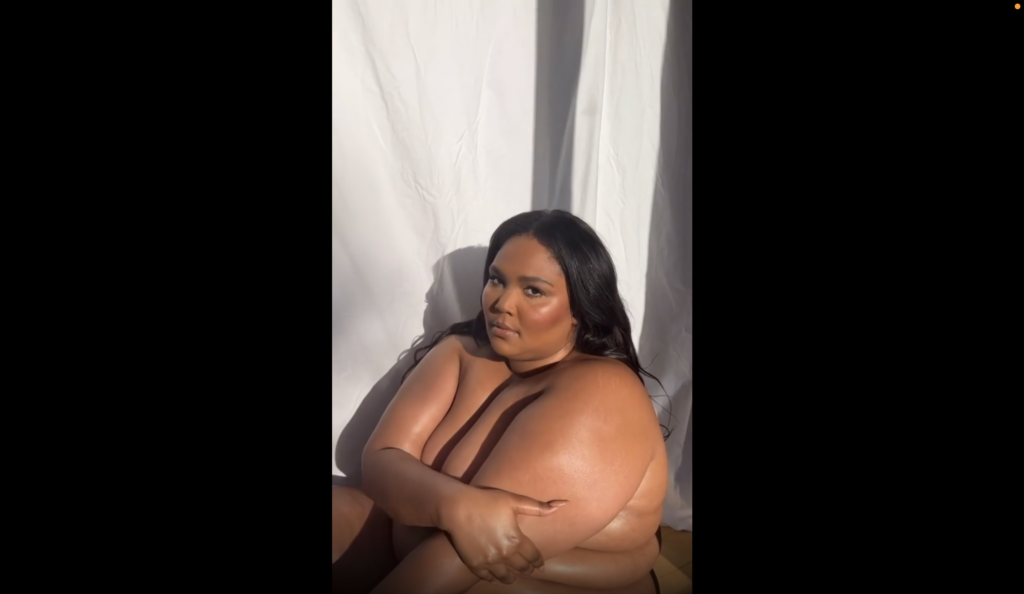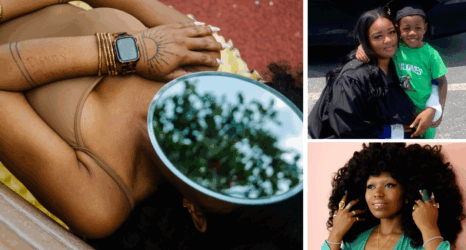Lessons of body positivity and neutrality will not win the fundamental fight against racialized misogyny, when racism and sexism combine to create economic inequality.

Last month, hip hop musician Lizzo, a well-known spokeswoman for body positivity, declared on Instagram, “If you love me, you love all of me … or none of me at all.”
Her sentiment—that big bodies are beautiful and deserve admiration—is a tantalizing message of inclusion in a popular culture that pressures women and girls to be thin by any means necessary. However, women and girls of all body types must ask a deeper question: What, exactly, are they being included in?
As a cultural anthropologist, I know that women’s and girls’ bodies are a battleground. Our very limbs and torsos, tissue and organs, are sites where policymakers and the public struggle to define social norms, values and hierarchies.
These struggles can be rather overt, such as the struggle for reproductive rights and gender-affirming surgery. But they are also sometimes so deeply embedded in our daily lives that they can be hard to recognize as struggles at all.
For example, most media-savvy consumers know advertisers have historically preyed on the insecurities of girls and women to push their products. But more subtly, in the past few years, companies such as Adidas have co-opted the body positivity movement by featuring diverse body types to sell everything from shampoo to sports bras.
In both cases, corporations use women’s and girls’ bodies to accumulate wealth. Neither the goal nor the result of broadening the range of bodies that can be commercialized is to empower women and girls or redress inequality.
Simply changing the public’s attitudes about what kinds of bodies are acceptable in advertisements won’t address the underlying problem: racialized misogyny. Racism and prejudice against women combine to create economic inequality. For example, longstanding racial stereotypes of Black women’s bodies as too large, too fertile and sexually unruly and unkempt have devastated generations of women and their children. These stereotypes have paved the way for policies that exclude Black women from anti-poverty programs and devalue them as workers deserving a living wage. Generally speaking, the public identifies the undeserving poor, as poor underemployed women of color are called, by their racialized, supposedly slovenly bodies, unregulated by the values and mores of a dominant white culture.
Tragically, the hyper-sexualization of Black women’s bodies has led to a sense that Black girls are necessarily mature, aggressive and hostile. Consequently, teachers and authority figures treat them more harshly than white girls, including disproportionately penalizing them for dress code violations. If detention or demerits seem like a mild problem, consider recent research showing how repeated school punishments have a lifelong negative impact on students. In the long run, teenagers disciplined for dress code violations risk becoming adults who earn low wages and require food assistance. When it comes to policy, the costs of body exclusion are steep.
Certainly, especially given that white girls and women of smaller size have co-opted body positivity, Lizzo’s demand that plus-size women of color be seen, appreciated and included is an important declaration that much more work needs to be done. But while lessons of body positivity and neutrality may help girls and women cope with body shaming, these tools alone will not win the more fundamental fight against racialized misogyny. Movements for perceptual change operate primarily at the level of individuals, rather than at the level of social policies and institutions, where dominant ideas about worth are made meaningful.
Changing individual perceptions about what types of bodies are beautiful does not prepare women and girls to understand and act on how educational and health care institutions create commodities out of their bodies. Nor does it help them to grasp how popular notions of proper care, keeping and presentation of the self remakes bodies as “things” that can create value for some while depriving others of power and opportunities.
Empowering girls and women will require that Americans understand that the social worth of bodies isn’t simply a matter of attitude, aesthetics, self-love and inclusion. It is also about power, policy and wealth.
Up next:





